Amsterdam , 2020
ONCE UPON A TIME THERE WAS A WOMAN
Collection of sculptures representing women in history with a glass ceiling
Voluminous, naked, apparently pregnant and with large breasts, are the general characteristics of these representations of the feminine, the beginning of patriarchy, and of the role of women, fertility. In gender archeology, which deals with recovering the female half of ancient populations, there is little rigor that implies supposing that women were passive contemplating, making baskets. Now it is known for sure that the cave paintings were made by women.
Framis tries with this sculpture to represent women as they are in the history of humanity, the woman with an invisible glass ceiling where female leadership has been atrophied. Framis, as in many of her works, tries to attract people through humor to denounce the state of women, in search of an egalitarian world for all for us.
Framis’ work often places people in front of a moral mirror. As gender archeology is slowly unmasking the social construction of gender identities of the past, it is becoming clear that women were not just passive participants. Yet women still face and have to deal with this misunderstanding in current society. By placing the typical representation of femininity and fertility, Venus, on a pedestal with her power stunted by a reflecting glass ceiling above her, the artist creates a symbol of women throughout the history of humanity. With the use of humor, Alicia Framis denounces the situation in which women are and have been and strives for a more equal world for everyone. By placing the sculpture on a mirrored pedestal, the spectator inevitably has to relate to the artwork and self-reflect.
Images: Galeria Horrach Moyá (Lespugue version) and Gert Jan van Rooij (Willendorf version).
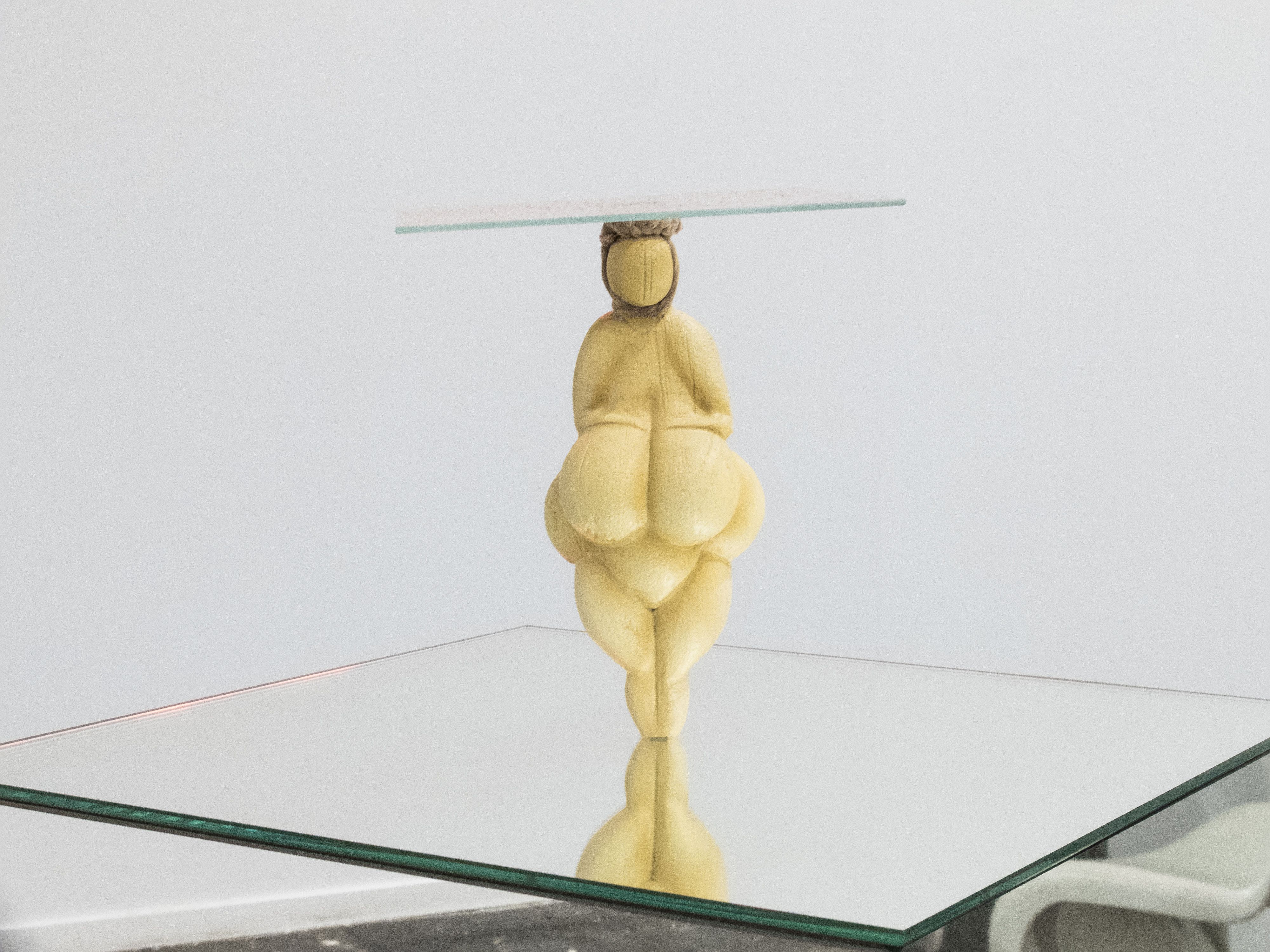
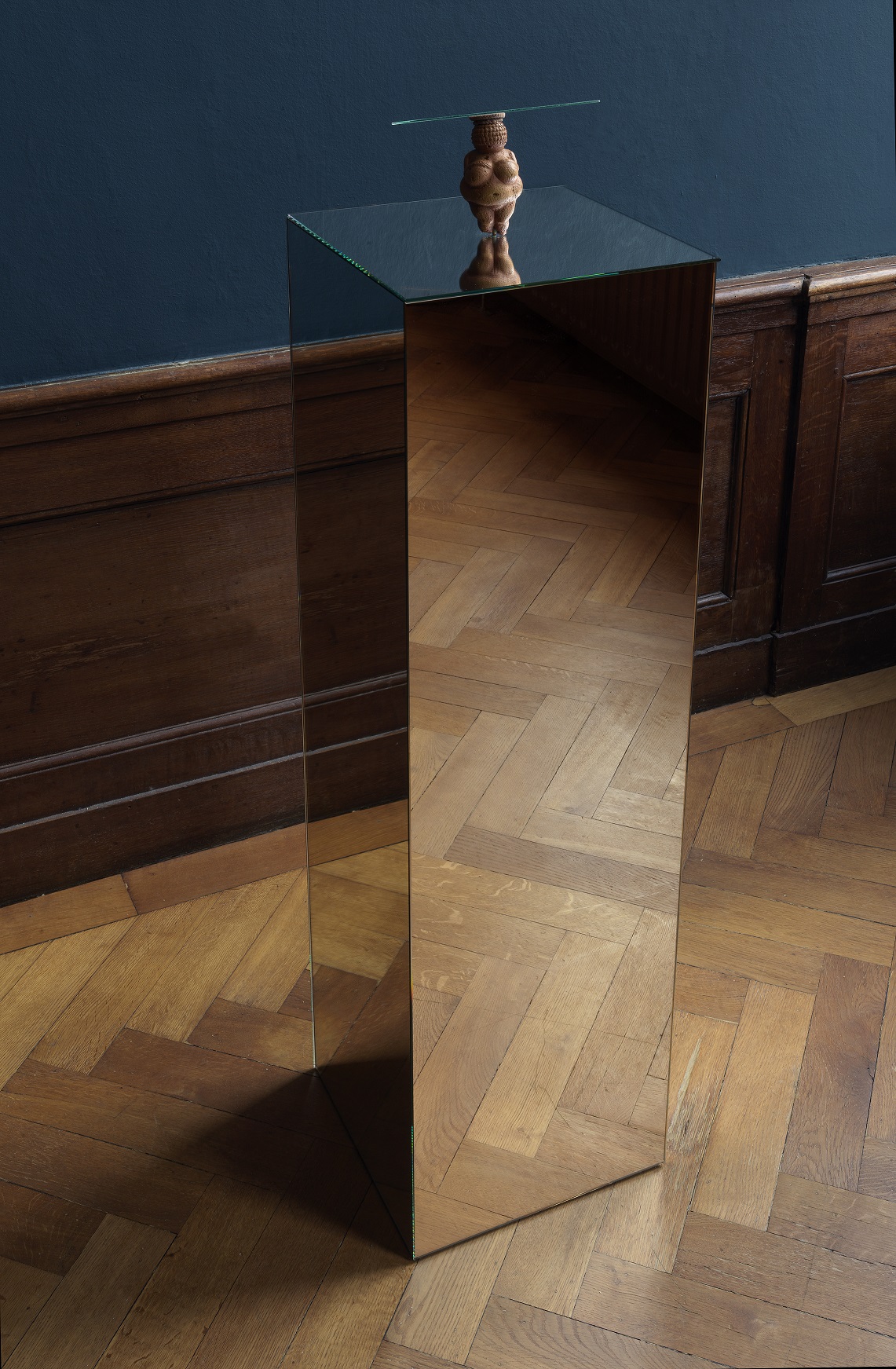
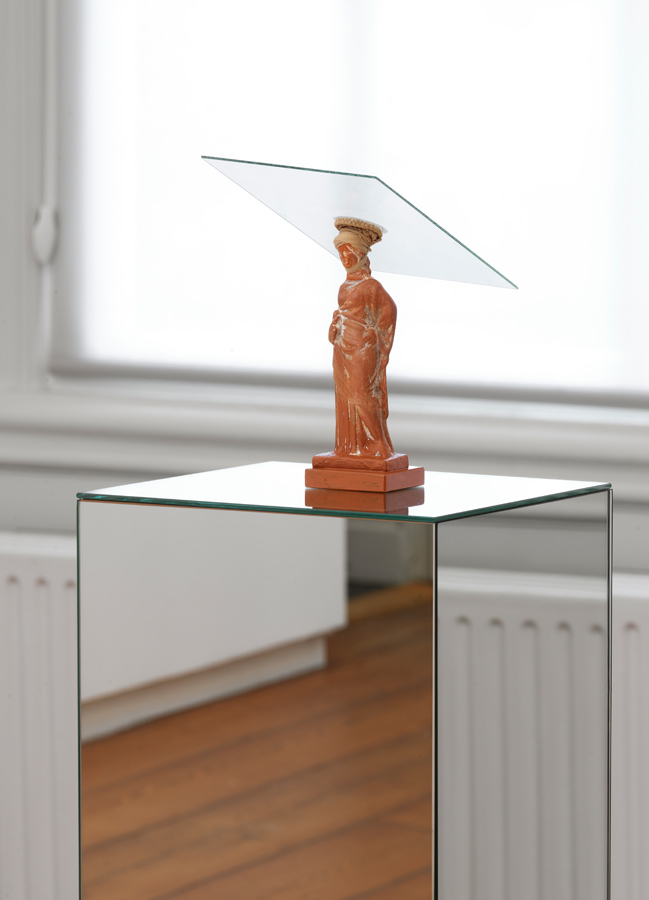
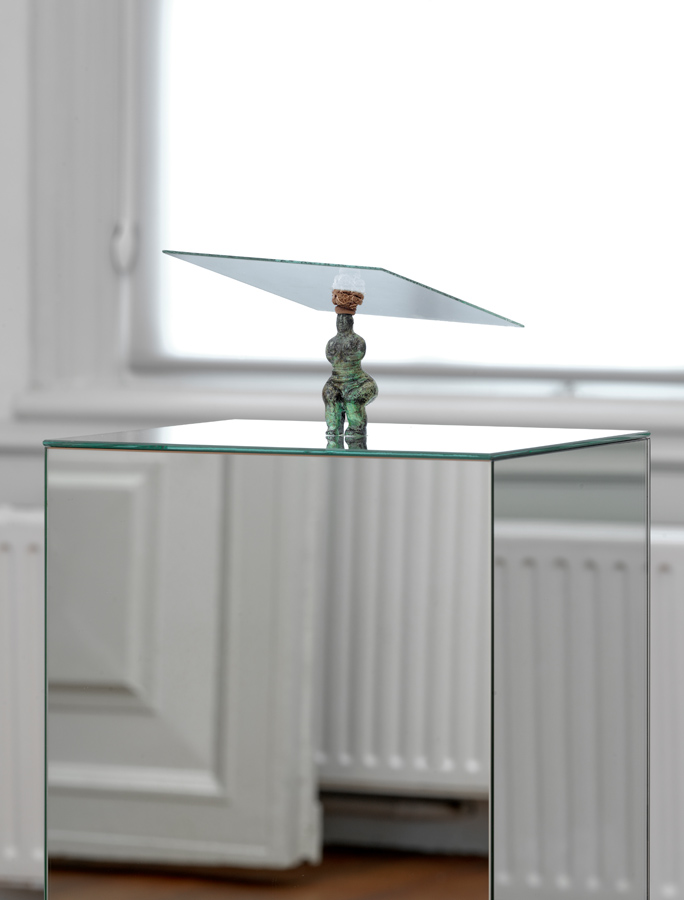
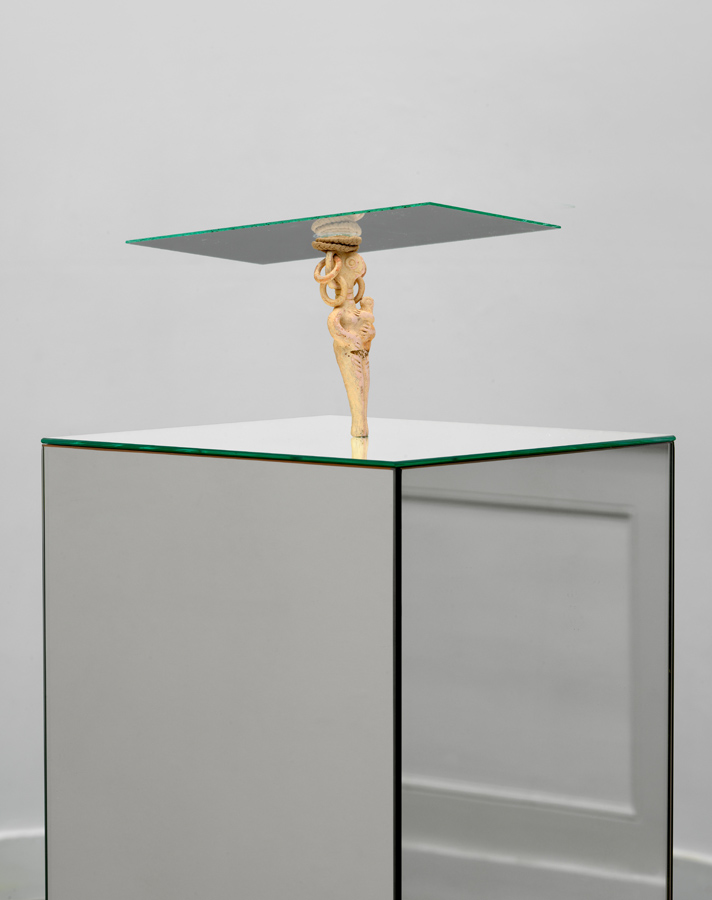
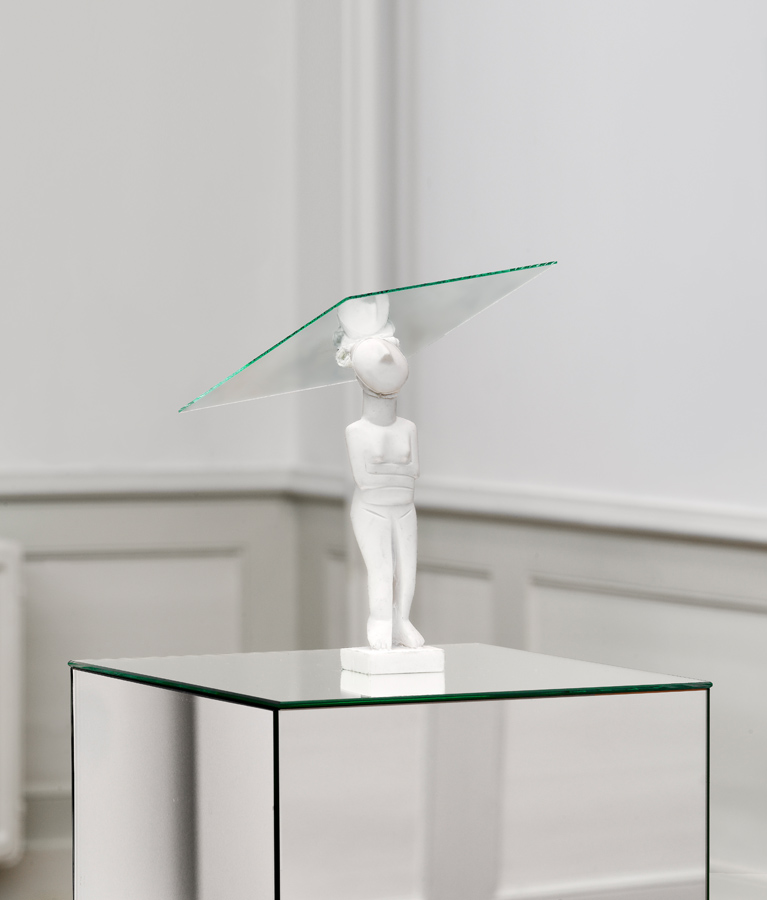
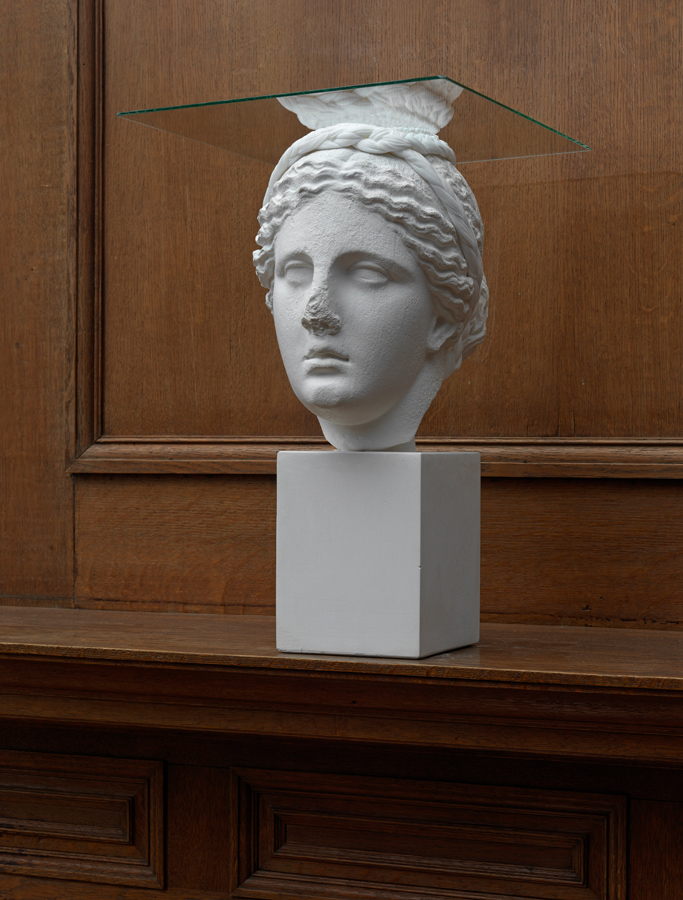
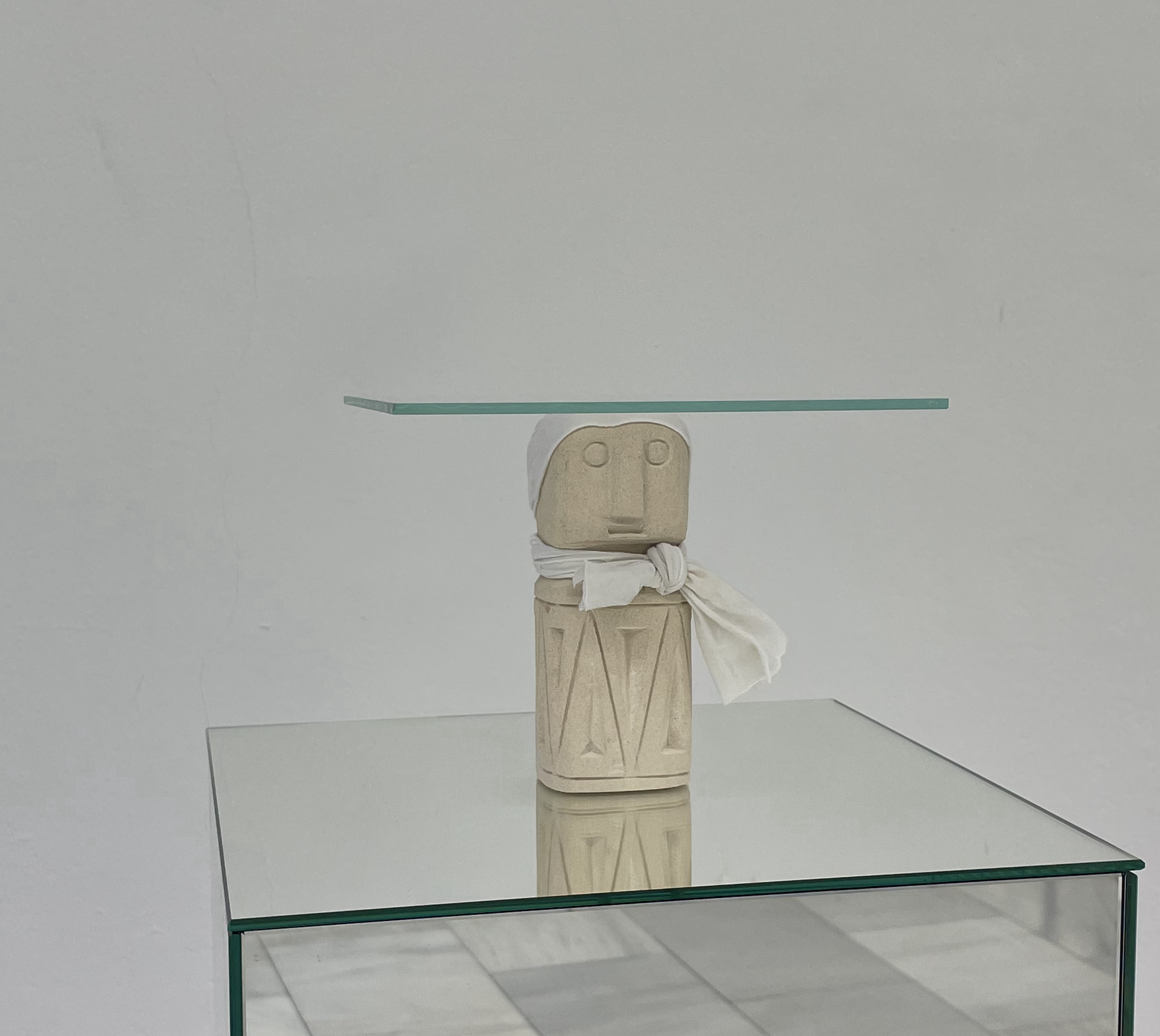
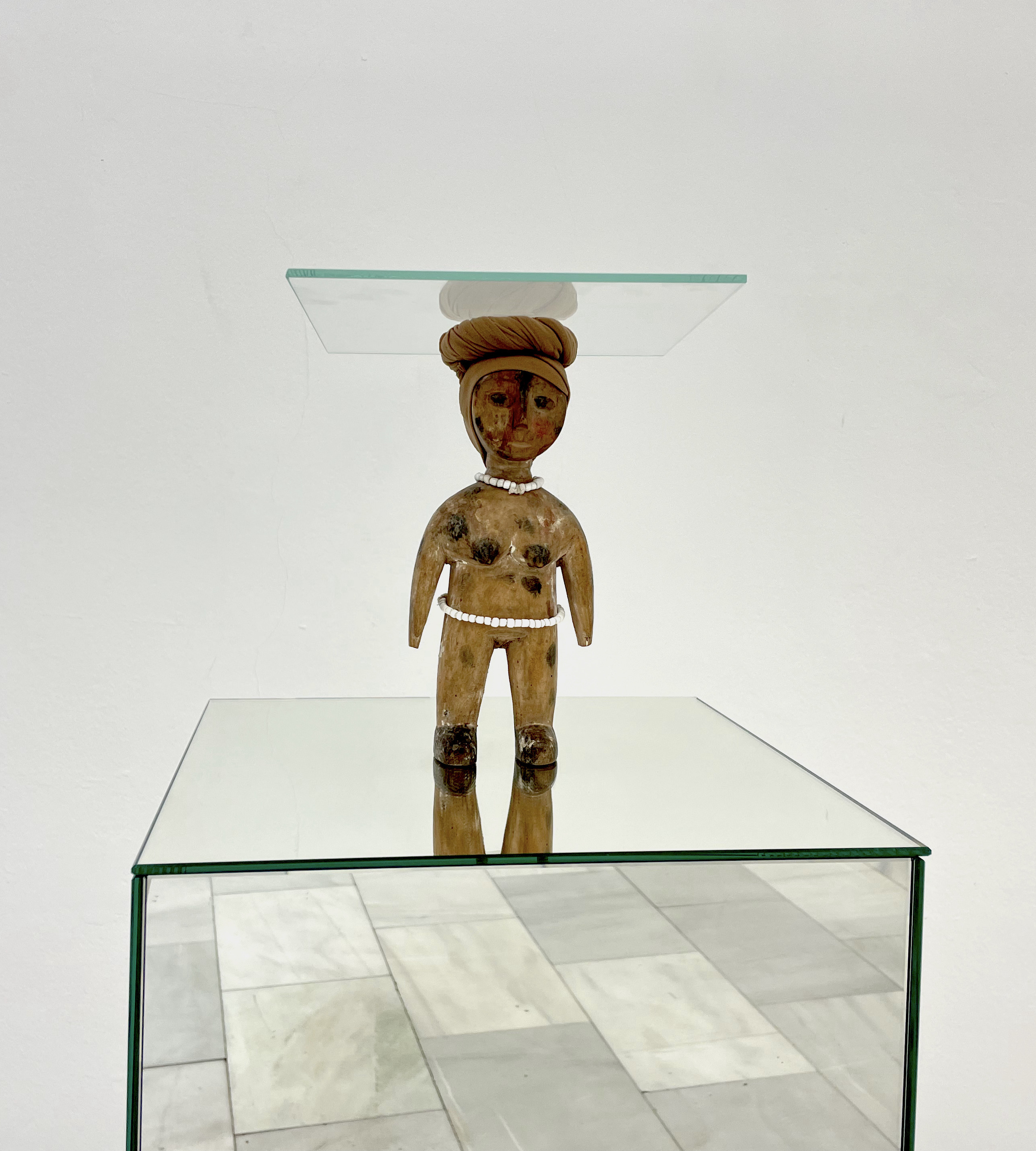
Voluminous, naked, apparently pregnant and with large breasts, are the general characteristics of these representations of the feminine, the beginning of patriarchy, and of the role of women, fertility. In gender archeology, which deals with recovering the female half of ancient populations, there is little rigor that implies supposing that women were passive contemplating, making baskets. Now it is known for sure that the cave paintings were made by women.
Framis tries with this sculpture to represent women as they are in the history of humanity, the woman with an invisible glass ceiling where female leadership has been atrophied. Framis, as in many of her works, tries to attract people through humor to denounce the state of women, in search of an egalitarian world for all for us.
Framis’ work often places people in front of a moral mirror. As gender archeology is slowly unmasking the social construction of gender identities of the past, it is becoming clear that women were not just passive participants. Yet women still face and have to deal with this misunderstanding in current society. By placing the typical representation of femininity and fertility, Venus, on a pedestal with her power stunted by a reflecting glass ceiling above her, the artist creates a symbol of women throughout the history of humanity. With the use of humor, Alicia Framis denounces the situation in which women are and have been and strives for a more equal world for everyone. By placing the sculpture on a mirrored pedestal, the spectator inevitably has to relate to the artwork and self-reflect.
Images: Galeria Horrach Moyá (Lespugue version) and Gert Jan van Rooij (Willendorf version).